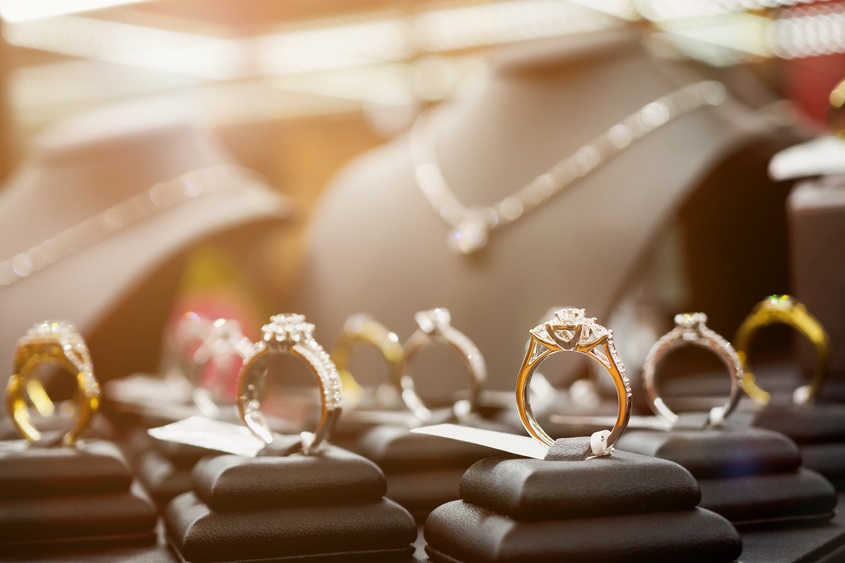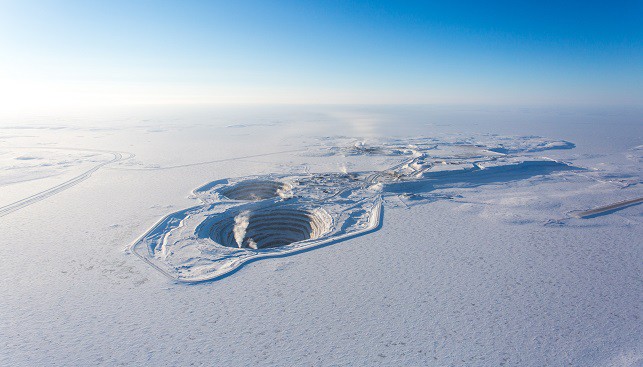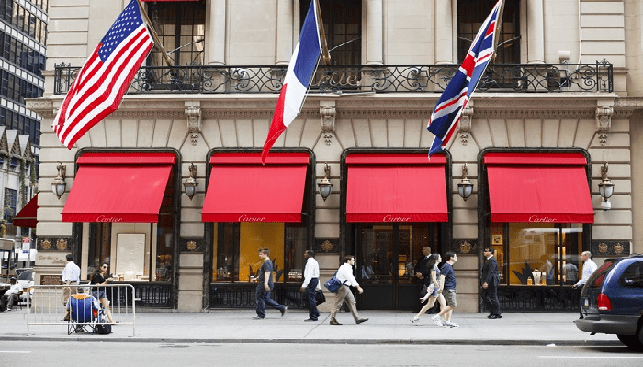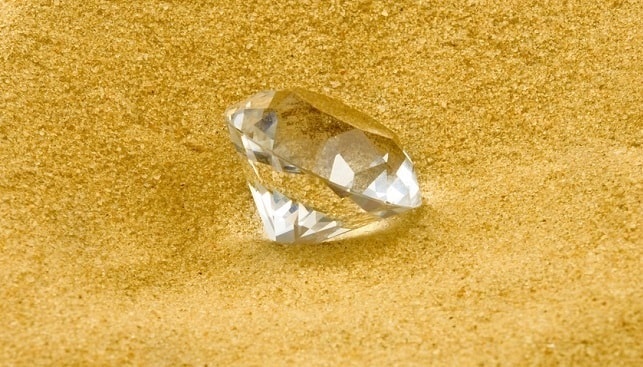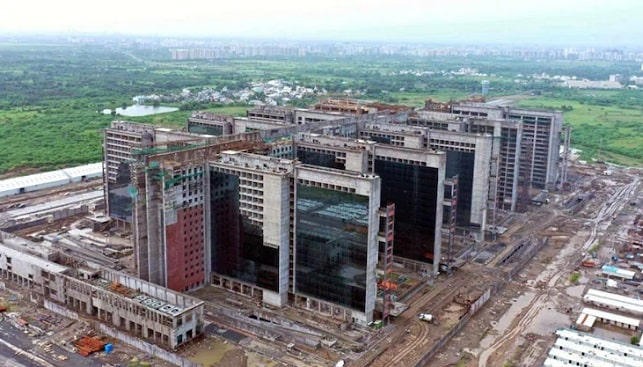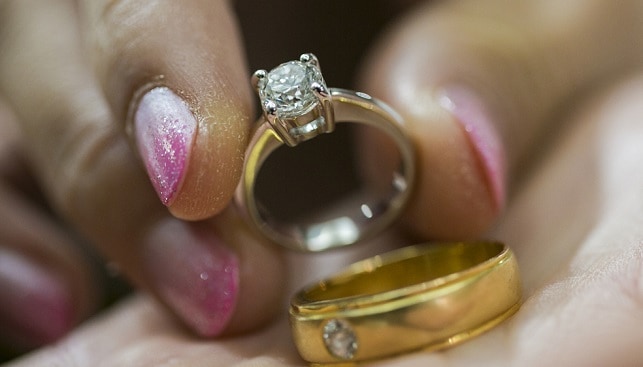The recently held Asian Summit (August 26-28), organized by the World Federation of Diamond Bourses (WFDB), dealt with several issues, among them diamond trade volumes, different modes of trading, and the industry’s credit problems that create global challenges. In addition, the summit dealt with the issue of synthetic diamonds.
The summit was held in Vladivostok, Russia, near the Sea of Japan and Russia’s border with China and North Korea. Vladivostok is the last stop on the Trans-Siberian train from Moscow. The unique location enabled bourse presidents coming from the east to arrive easily to the summit – one of four annual meetings held by the WFDB.
Synthetic Diamonds
The Diamond Producers Association (DPA), alongside the WFDB, the World Jewellery Confederation (CIBJO) and several other leading industry bodies, presented an analysis of the present and future development of the synthetics market. They also updated the attendees on actions they and PR companies, alongside major Washington law firms, are taking to deal with the US Federal Trade Commission (FTC) revised Jewelry Guides. These stipulate that synthetic, non-mined diamonds, need not be called “synthetic” any more, but can instead be defined as “lab-grown diamonds” or “man-made diamonds”.
The presentation included data on synthetic diamond production and trade volume, now estimated at 5% of the overall diamond market. Despite its smallness, this figure does indicate that the trend is growing in the global industry.
It is important to note that most manufacturing of synthetics focuses on small stones – an area less relevant to the Israeli diamond trade. Nevertheless, it poses a certain threat on the Indian market, which specializes in small diamonds.
The analysis also estimated that the synthetic market will continue to focus on small stones, with some leakage to medium and large sized diamonds. This, however, is a marginal threat at the moment.
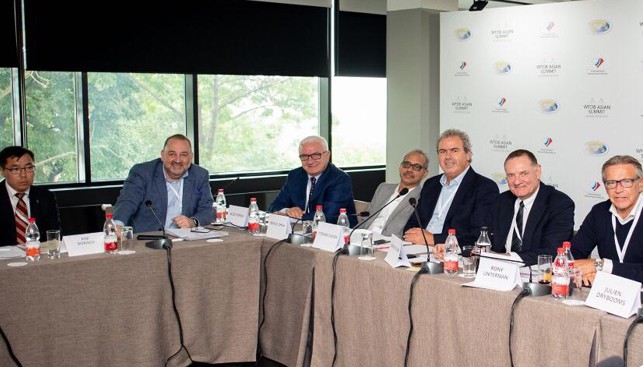
De Beers’ Entrance to the Synthetics Market
Several months ago, De Beers announced the launch of a new brand of lab-grown diamond jewelry under the Lightbox name, with the aim of marketing a much cheaper line of synthetics than the current market price range. In the summit, De Beers’ move was analyzed, and data was shown proving that the market now has less small and medium sized synthetic players.
The price difference between De Beers’ synthetics and other manufacturers’ in the global market reaches tens of percents. Many players have left the market due to their inability to compete with the prices which De Beers now offers. De Beers’ move, therefore, appears to be a winning move, one that “cleans” the market of other players and signals the way out to many others.
Price of Synthetics
In the last five months, there’s been a drop of 15%-20% in the price of synthetics, indicating that the synthetics market is volatile, unable to set prices, and that it constitutes a risky bet. That is the reason why many traders prefer dealing with the familiar, stable natural diamonds over synthetic stones.
Mixing Synthetics with Natural Diamonds
Another challenge presented in the summit was mixed parcels of synthetic stones with natural diamonds – a complex problem that is hard to control. Currently, this seems like one of the major ways that synthetics traders distribute their goods.
The IDE and Synthetics
In order to conduct a thorough examination of the synthetics market, the Israel Diamond Exchange has set up an interdepartmental committee headed by Yehezkel (Hezi) Blum. The committee includes Diamond controller Danny Tal and other representatives of the Israel Diamond Manufacturers Association. The goal of the committee is to examine the issue and the ways that the Israeli diamond trade can and should deal with it.
Written by Yoram Dvash, President of the IDE




